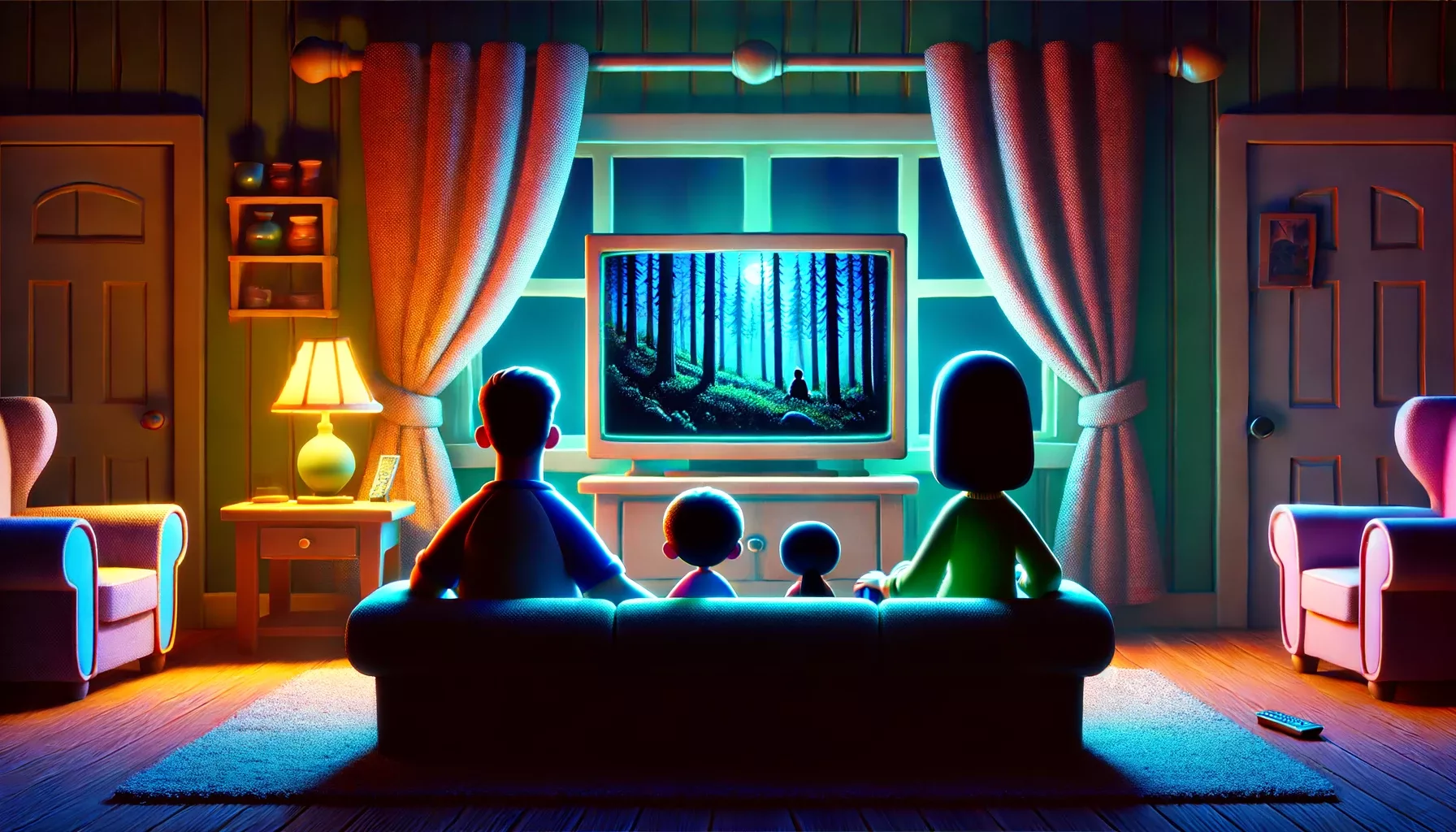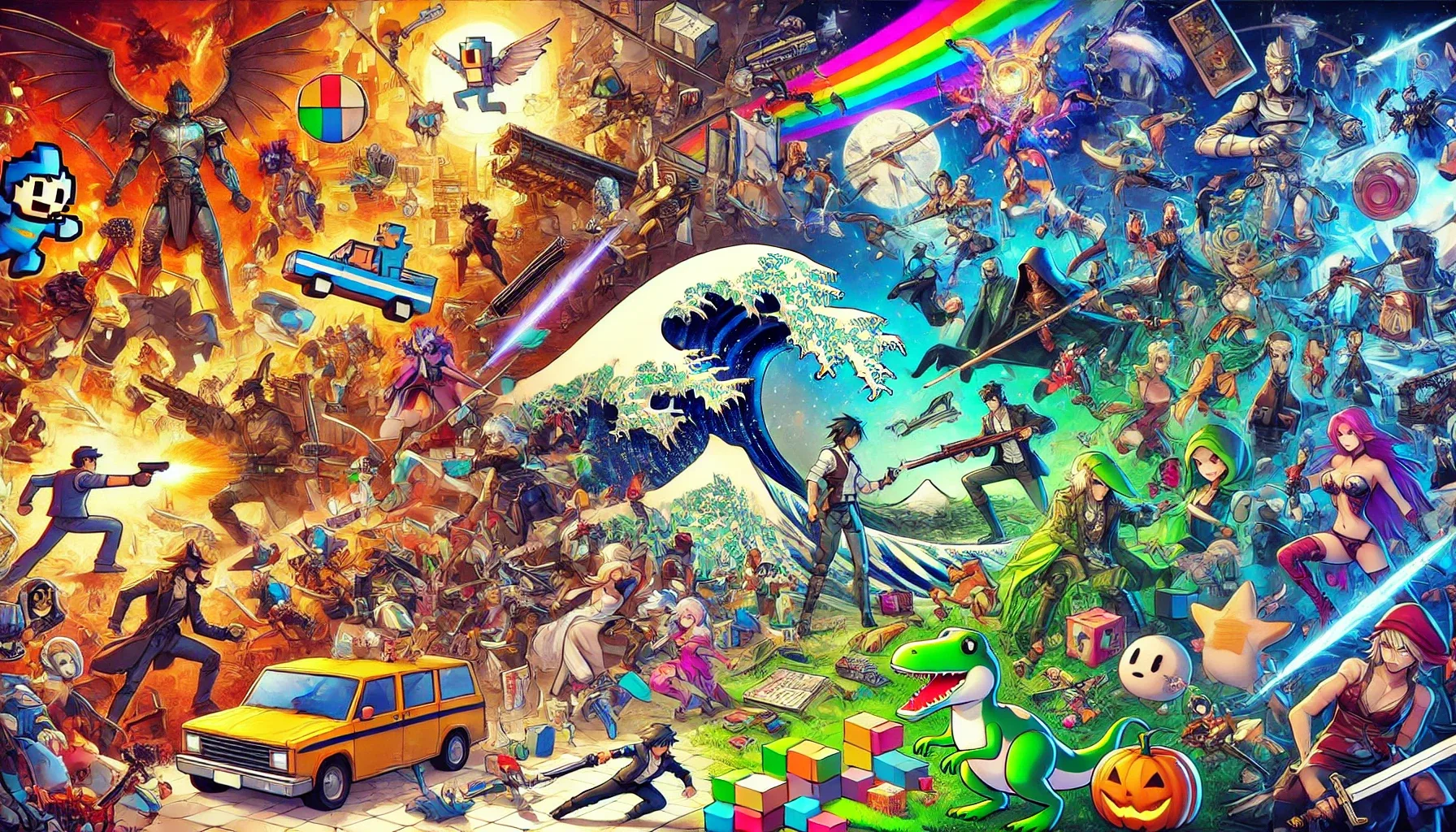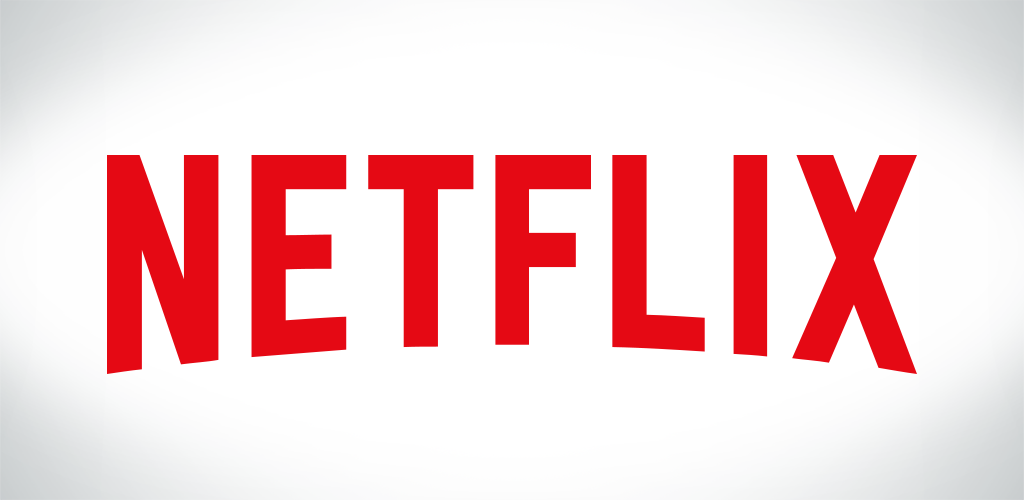Let’s unravel the reasons behind the mysterious disappearance of titles from the world’s biggest streaming platform – and why some shows might even come back from the dead.
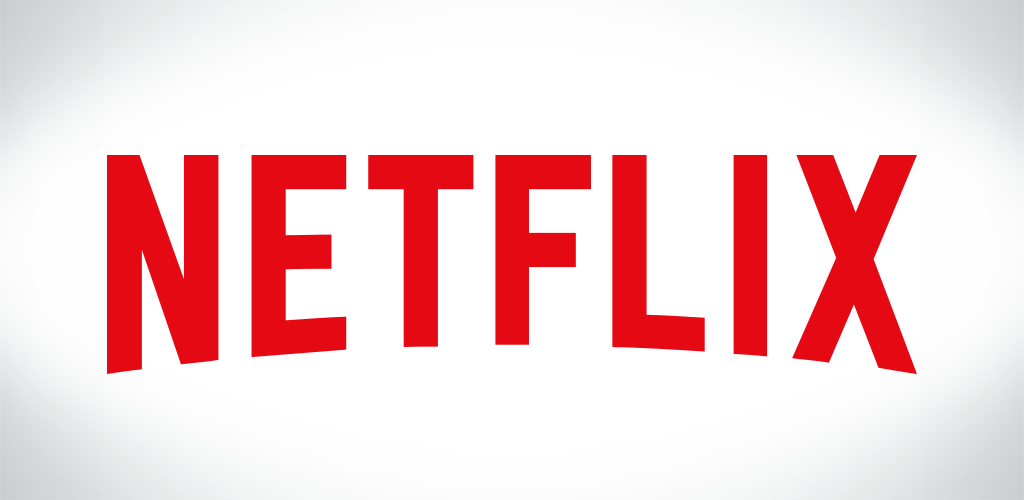
You sit down, popcorn at the ready, heart set on a comfort rewatch of The Office or that movie you’ve been saving for a rainy Sunday – and boom: it’s gone. Vanished. Ghosted by the algorithm. Netflix giveth, Netflix taketh away. But why?
1. The Clock Ran Out On The License
At its core, the Netflix library is a patchwork of contracts. For all the Originals with the iconic red "N" in the corner – like Stranger Things, The Crown or Squid Game – there’s a vast sea of content Netflix doesn't actually own. That includes movies, beloved sitcoms, cult classics, and recent blockbusters, all of which are "borrowed" through licensing deals.
These deals are time-limited and region-specific. Think of them as rental agreements: Netflix pays to host a show or movie for a set period, in a set country. When that time’s up, the content goes back to its owner – unless Netflix renews the deal. If not, the content disappears.

2. It's Not Worth The Price Tag
Licensing isn't cheap. The more popular a show is – or was – the more it costs to keep it around. And if those streaming numbers aren’t justifying the price, Netflix may choose not to renew. The company constantly weighs performance metrics against cost: How many people are still watching it? How many new subscribers does it attract? Would that money be better spent on something new?
This isn’t just number-crunching; it’s strategic triage. Netflix can – and often does – let old deals go in order to invest in fresh content, whether it's a new original or a splashy acquisition.
3. The Studio Wants It Back
Sometimes, it’s not even Netflix’s choice. Many production studios have started launching their own streaming services – think Peacock, Paramount+, Disney+, or Max. These platforms are hungry for content, and what better way to fill a catalog than by reclaiming your own hits?
That’s why shows like Friends and The Office migrated from Netflix to services owned by their respective studios. In some cases, studios won't even offer Netflix the chance to renew, they simply wait out the contract and pull the plug.
4. Controversy, Copyright, Or Censorship

Legal issues can also play a role. While rare, Netflix has removed content due to copyright complications, unresolved distribution rights, or controversies surrounding the creators or the content itself. In some parts of the world, local governments can even demand removals. Netflix complies with takedown requests in various countries to stay in those markets. As a result, a title available in one country might be missing entirely from another.
5. They Want You To Miss It
Here’s where things get a little... psychological. Some industry watchers – and a fair share of savvy viewers – suspect that Netflix occasionally practices a kind of strategic scarcity. By letting a beloved show disappear for a while and then triumphantly bringing it back, they generate buzz and lure back old viewers.
This manufactured “FOMO” (fear of missing out) isn’t official policy, but it aligns suspiciously well with how human attention works. A show you barely noticed becomes the thing the moment it’s about to leave – or the moment it returns. Scarcity drives value, and Netflix, like any attention-based business, knows that better than most.
The Bottom Line
The Netflix library is less a permanent archive and more a living, breathing rotation of content – part licensing roulette, part business strategy, part emotional manipulation (the good kind, mostly). So the next time your favorite show disappears, don’t panic. It may just be on hiatus – or bidding you a permanent farewell. Either way, you’ll be a bit more prepared to understand why.




